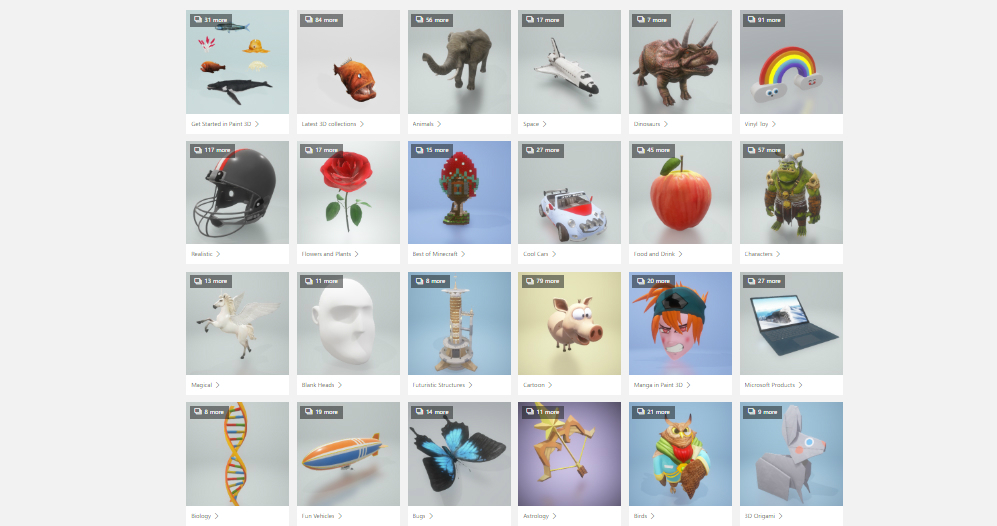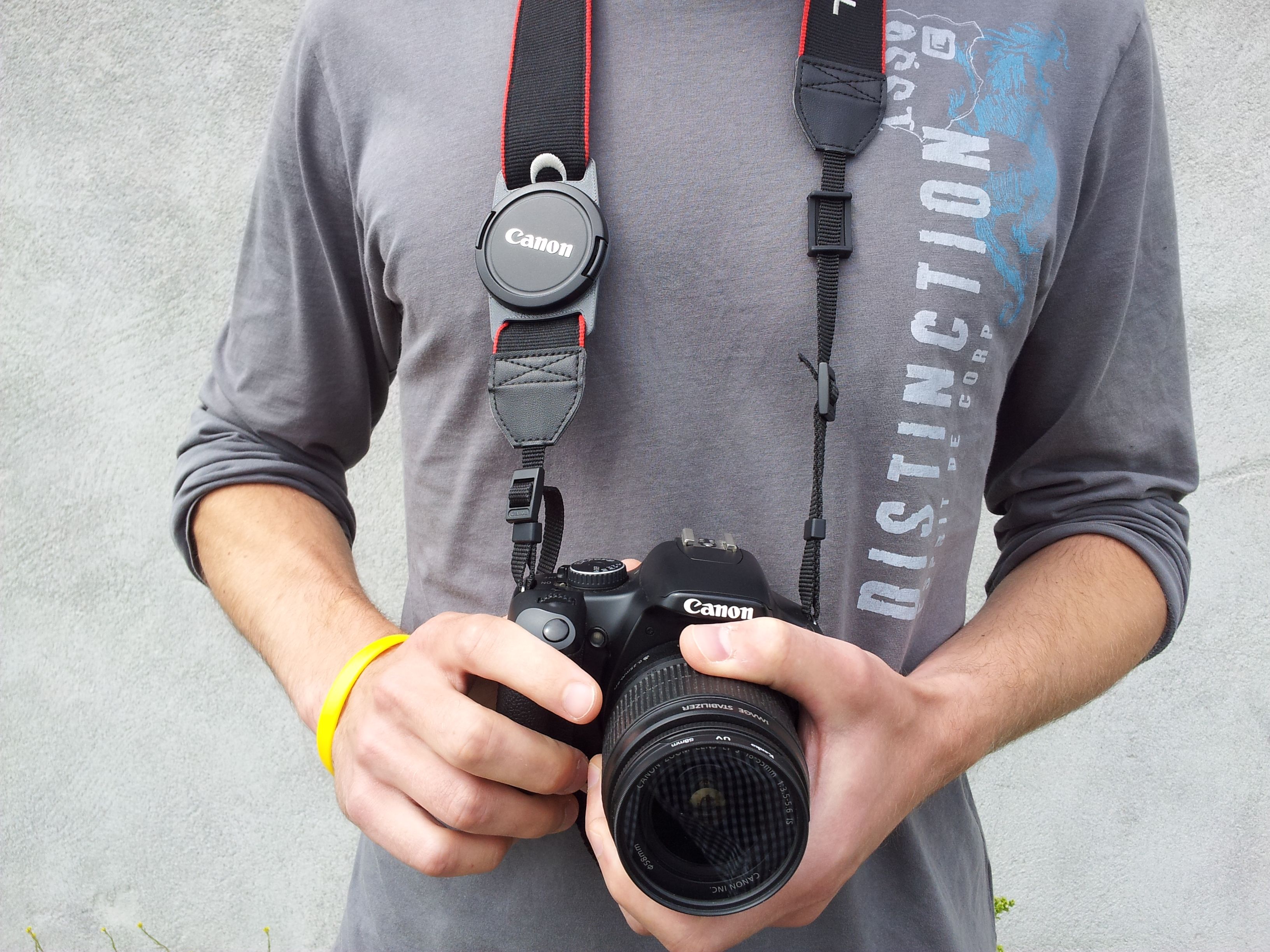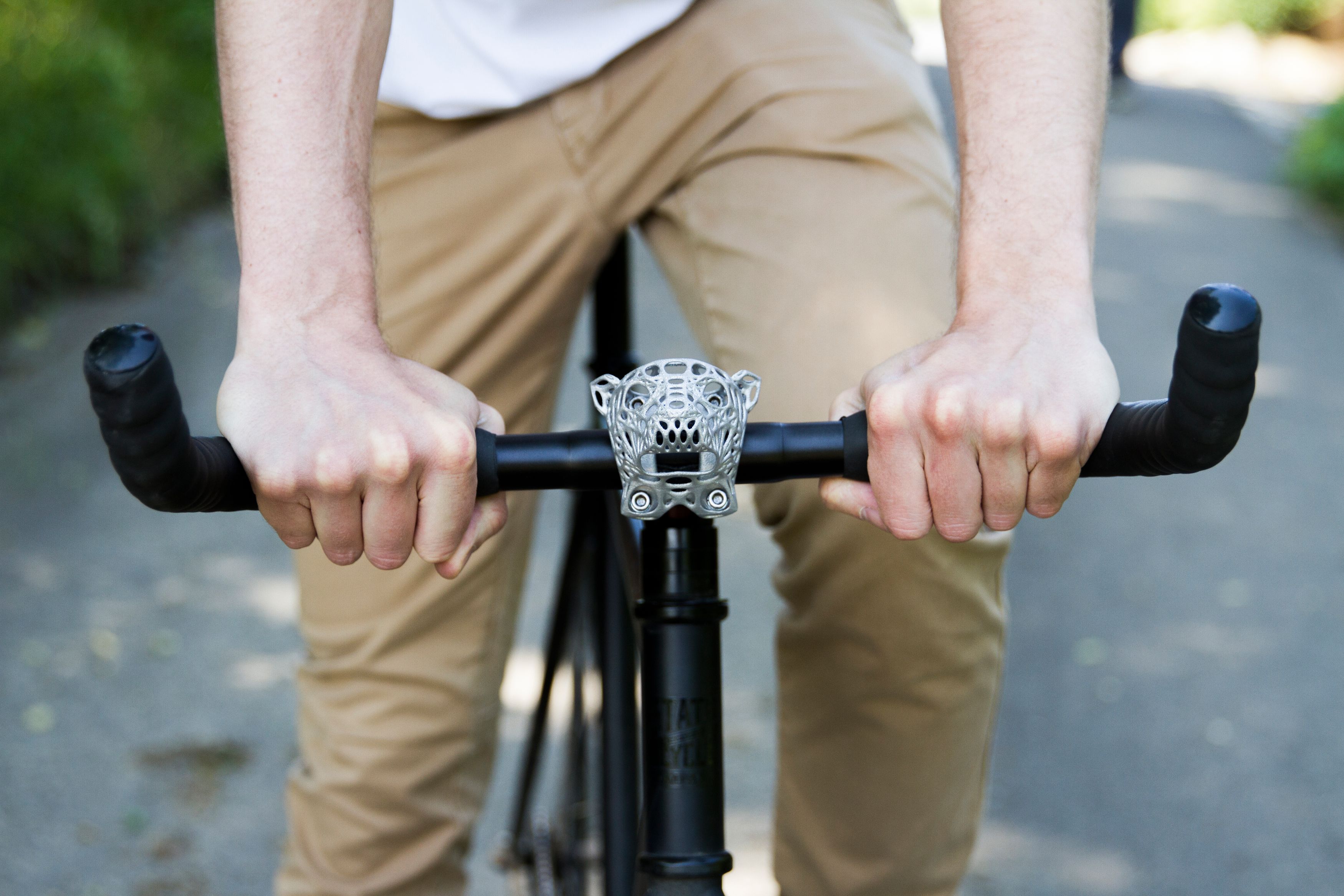Interview with Viridis3D President Will Shambley
Will Shambley is a true 3D printing pioneer. He spent eight years directing the 3D printing materials Research and Development effort at Zcorp, the full color 3D printing company. He is now at Viridis3D, a company that sells 3D printers and 3D printing materials used for casting metal and ceramics. He is Viridis3D’s CEO & President. We interviewed Will in order to find out more about Viridis3D and his significant expertise in the 3D printing industry.
Joris Peels: What is Viridis3D?
Will Shambley: Viridis3D, at it’s heart, is a materials development company that focuses on commercializing new solutions for the additive manufacturing community. Our current primary focus is on making molds for metal casting, however we are dabbling in a range of refractory / ceramic applications. We are developing products that we believe have unmet market demand, and we actively solicit projects from universities or individuals who have something unique to bring to market.
A Viridis3D metal casting done together with Dave Feathers.
Joris Peels: How do you cast metal parts?
Will Shambley: Viridis3D currently uses the Z Corporation 3D printers to print sand molds and cores. The ViriCast sand mold materials have essentially no organic materials, so they don’t gas or smoke when metal is poured on them. The ViriShell ceramics, after they have been fired in a furnace, have been used as investment casting cores or shells. The process for making a metal part is basically the same in either path: get the data into a 3D format, such as an .stl, draw up the mold components, print the mold, depowder, dry, and pour.
Joris Peels: Who uses your casting technology?
Will Shambley: Honestly, this is a great time for foundries and pattern shops to invest in new manufacturing processes. Since getting the ball rolling with this project a year ago, we have been doing a lot of the work at MIT. We have started working with a couple of larger transportation companies under non-disclosure agreements for cores and molds. We have a couple of projects in the works with universities that have foundry focused curriculums. There are also a couple of independent artists and designers who are exploring what low cost, quick turn, pattern less mold making can let them do. We’ll be posting the results as fast as our customers will let us. We have been customizing the sand blends for some customers, to fit with their existing processes. Viridis3D has partnered with Eagle ESI to provide shells and cores for the investment casting industry. They are currently the point source for that market.
Joris Peels: How do your ceramic parts get made?
Will Shambley: We also use the Z Corporation 3D printers to make the ceramic bodies for glazed art pieces, fuel cells, and high temperature filters. Like most 3D printing, it’s basically, print, depowder, and post process.With the ceramics, the post processing infiltrants tend to be tailored to the end use. We try and eliminate porosity prior to glazing an art piece. On the other hand, we actually reformulated one of the ViriShell products to increase porosity for another customer’s process. In almost all cases, the ceramic parts get fired in a high temperature furnace to drive off any organics and sinter the ceramic body. We apply glazes on a bisque fired part, and then fire the glaze, similar to many ceramic processes. Who makes parts using your ceramics technology? We’ve made a parts for the folks at n-e-r-v-o-u-s system, as well as a couple of other independent artists.
A glazed ceramic vase made with Viridris3D’s technology, design by Nervous System.
Joris Peels: Your team seems to be one of the most experienced in the industry. Could you tell us about them.
Will Shambley: Well, it’s hard to get more experienced in 3D printing than Jim Bredt, PhD. An offshoot of Jim’s MIT thesis lead to the formation of Z Corporation back in 1995. Jim hired and trained me in 2000 as a materials process engineer, and handed the group over to me around 2004. Andy Jeffery was one of the founders of another MIT 3DP licensee, Specific Surface. Together we have a pretty broad technical base for 3D printing from consumer, foundry, and ceramics perspectives. Our advisory board is a great group, including Marina Hatsopoulos (founder / original CEO for Z Corporation) and Diran Apelian (Head of the WPI Metal Processing Institute). There’s also sort of a closet team made up of University students and professors who constantly pitch in with ideas. One of the great things about 3D printing is that there are so many options for what to work on, you always have something new to be excited about.
Joris Peels: Are you a 3D printing service bureau? Or are you more a company that sells Zcorp machines that are meant for sand and ceramics?
Will Shambley: We aren’t really a service bureau, although Viridis3D does print a few parts to order, especially as we bring new products to market. We’ve learned over the years that if you aren’t elbow deep in using your own technology, you’re probably going to miss something important. The further away a company gets from being in love with it’s technology, the further it gets from its customers. The long term business plan is to work with Z Corp to install systems so that more people can make their own molds, cores, and ceramic parts. We’d love to see thousands of foundries, patterns shops, ceramics centers, universities, and R&D centers running printers around the world with our materials in the next couple of years.
Joris Peels: You spent 8 years as head of R&D at Zcorp and are now at Viridis. How did you see the 3D printing market evolve during your career?
Will Shambley: Over the last eight years, most of the major companies have focused on their own niche – tough plastic, beautiful color parts, high detail, various metals. There’s been a lot of money poured into forging those identities, and the result has been the development of some really interesting technology. Up until the last couple of years, it seems like you’ve had one company per technology (with the exception of 3D Systems, who seem motivated to offer one of everything.) I’ve gotten a kick out of seeing the general market awareness go from “you do what? You can’t do that!” to where it is today. I’ve run into people at dinner who started off a conversation with “Hey, my design group just bought this really cool 3D printer… have you ever heard of that technology?” It’s been a lot of fun. A staggering fraction of consumer products, from phones to air planes, first see the light of day through 3D printing.
Joris Peels: How do you expect it to evolve in the coming years?
Will Shambley: From this point forward I think that you are going to see the number of options in 3D printing applications explode. There is a lot of interesting work going on out there, between the systems that have been made by the hackers and the systems that are floating around in university labs. The market isn’t quite yet “open” like software is, but there are a lot of creative minds thinking about applications beyond plastic prototypes these days. The low end system prices are probably going to keep falling, but I think that in reality, what you are going to see is that more people will have parts made by 3D printing, and very few will ever own a 3D printer. I’d say that in a couple of years, it will be pretty easy to find someone to draw or scan something that you can have custom manufactured within a couple of days. The biggest challenge will be accessibility to useful content. Having “an idea” doesn’t always translate into a good 3D printed part. Service centers like i.materialise will probably be the way most people end up getting 3D files turned into parts. Probably most people will still just buy something that they think is “cool” regardless of manufacturing process. 3D printing just drops the price and makes “really cool” parts much more accessible.
Joris Peels: How will people use Viridis3D’s technology in the future?
Will Shambley: This year, they’ll be printing molds for ferrous and non-ferrous castings, and ordering some really nice pieces of ceramic art. There will be a few antique boats & tractors sporting new “high tech” reproduction castings. In the future, you’ll start to see the selection of metals that can be cast expand, and we hope that bigger systems and higher throughput will lead to increased use in production environments. The military and civil infrastructure markets will wake up to the idea of being able to print the molds for all their legacy parts when they need them. The ceramics side will grow into a range of technical ceramics solutions, like filters and fuel cells. There’s already been some interesting developments at MIT and other universities with respect to medical implants. I could see some of our know-how accelerating that growth as well. We’d like to see an expansion of partnerships with University research projects. No one company can do all the research themselves.








